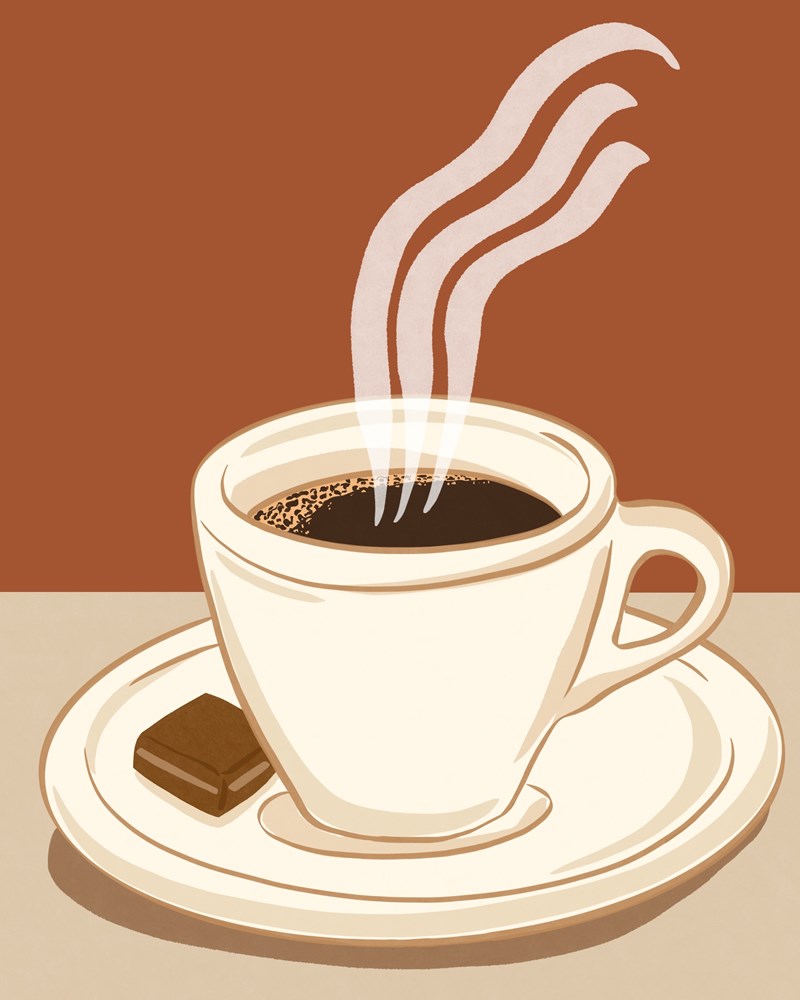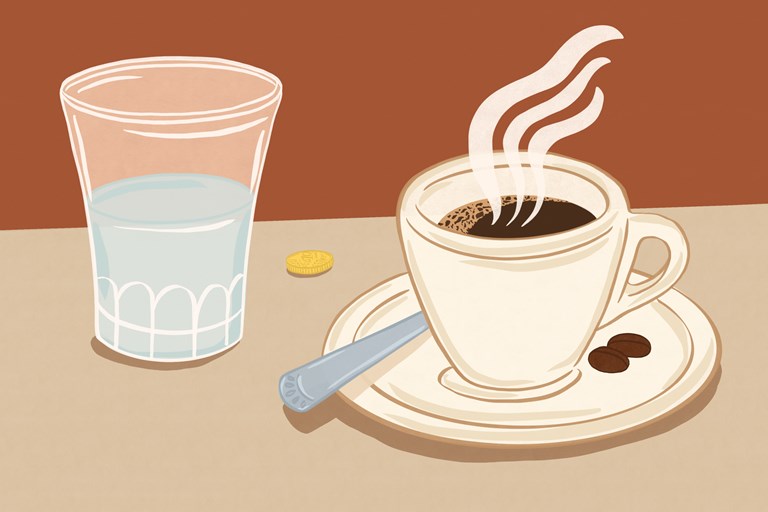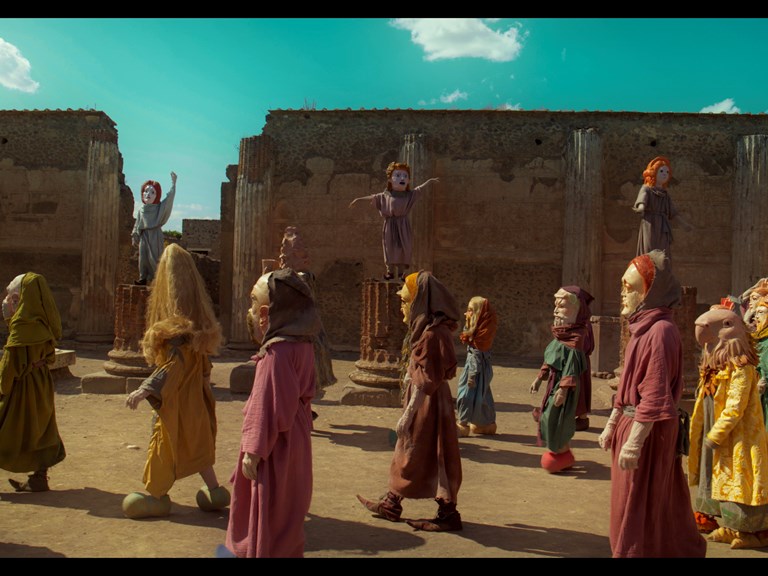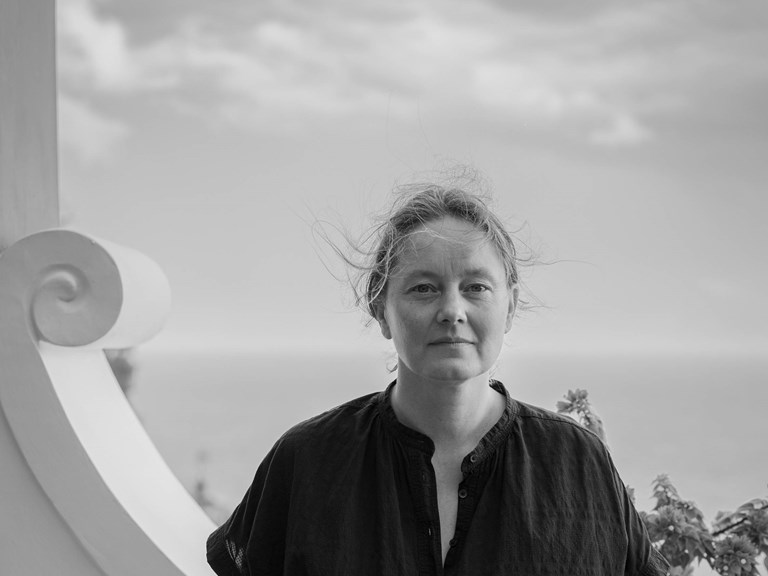HOW TO BE ITALIAN 2: COFFEE
01.02.2024 ART & CULTURE
Time was when the places where you could get a decent ‘espresso’ in New York could be counted on the fingers of one hand (in London they could be counted on a one-fingered hand: it was called Bar Italia and it is still there in Frith Street, Soho). Then, beginning in the early 1990s, everyone and his or her barista started to jump on the Italian coffee bandwagon. Today, you’re just as likely to get a great Italian-style coffee in Melbourne as you are in Rome (though admittedly at triple the price).
But as Darwin learned on the Galapagos Islands, species evolve differently in different environments. Outside of Italy, so-called ‘Italian’ coffee culture has evolved in ways that often surprise visiting Italians – and create problems for first-time travellers to Italy who assume that their local bar italiano offers an accurate picture of how coffee is consumed in the motherland. Often, this is simply not true – even when the place is entirely staffed by baristas from Genoa or Milan.
You, naturally, are not an Italian coffee beginner. You know your arabica from your robusta and know where in the bel paese you can order a bicerin, a macchiatone or a caffé sospeso without the guy behind the bar giving you a baffled stare. But at the risk of stating the obvious, please bear with us as we run through the five commandments of Italian coffee. Treat it as a short refresher course…

ONE: There is only one true coffee, and its name is caffè.
The term ‘caffè espresso’ entered the Italian language only in the late 1930s, when the first machines were invented that could push hot water at high pressure through a layer of ground coffee so as to capture all its aromatic intensity while creating a thin top layer of coffee froth (known in Italian as il cremino del caffè). Espresso simply means ‘made quickly, while you wait’. Somehow, in the rest of the world, ‘caffè espresso’ was shortened to espresso, while in Italy, it became abbreviated to caffè – perhaps because it is seen as the Ur-coffee, the coffee from which all others descend. So if you want an espresso in the country that invented it, don’t ask for ‘un espresso’, ask for ‘un caffè, per favore’ (and if the bar person, seeing that you are foreign, asks you if you mean an espresso, give them a withering stare, with optional raised eyebrow). If you like your coffee very small, very strong and very dark, order un caffè ristretto. If you are on your way to work at 5am in the freezing cold or simply in an ‘anything goes’ holiday mood, you might want to ask for un caffè corretto – an espresso that has been ‘corrected’ with a shot of rum, brandy or grappa.

TWO: Coffee is not a beverage
Coffee is an idea, an aroma, a ritual, a drug. It is not something you drink to slake your thirst. It is best consumed standing up, at the bar counter, and unless you are in a big city, or a tourist spot, you seldom need to pay for it in advance. Any Italian barista will sympathise with the urgency of your caffeine craving. She or he knows you will pay as soon as the caffè takes effect. And you know that you will be able to drink it immediately, without needing to blow on it to cool it down. This is one of the reasons why un caffè (see above) is the default measure. If you want water, Italians reason, have a glass on the side – don’t spoil the intensity of the coffee experience by diluting it. In southern Italy, especially, you will automatically be offered a free glass of still or sparkling water with your caffè. Most Neapolitan bars have water on tap for this very purpose.

THREE: Do not take the name ‘latte’ in vain
In the same way that espresso somehow became detached from caffè espresso outside of Italy, latte parted company with caffè latte in the English-speaking coffee world somewhere around the turn of the millennium. This is fine, as long as you understand that in Italian, latte means ‘milk’. So if you order a latte in an Italian bar – unless it’s a place that’s au fait with strange foreign habits – what you will get is a glass of milk. If it’s an American-style latte you’re after, ask for ‘un caffè latte’. If you prefer your latte in a glass, ask for ‘un caffè latte al vetro’. This applies to any other coffee drink: some Italians like their caffè or cappuccino in a glass too – caffè al vetro, cappuccino al vetro.

FOUR: Thou shalt not commit cappuccino after a meal
Italians believe that hot milk does not sit well on a full stomach – so coffee with any form of latte is strictly for mornings. This may be more cultural than scientific – the jury is out – but it’s a rule that few true italiani would ever break (we happen to know one, but at least he limits himself to the venal sin of caffè macchiato).

FIVE: Shun the orange frappuccino, the vanilla mint iced coffee, the rose petal beetroot latte, for they are abominations
In the coffee motherland, the only permitted variations on the basic caffè have to do with the amount of water or milk that is added to (or subtracted from) the standard ‘espresso’ shot, or whether you want your coffee hot or cold. So a caffè with a little frothed milk on top is a caffè macchiato, while a glass of hot milk with a small shot of espresso added is a latte macchiato (‘macchiato’ simply means ‘stained’ – the coffee has been stained with milk, and vice versa). The king among Italian iced coffees is the caffè shakerato – one or more shots of caffè taken for a ride in a cocktail shaker with ice and liquid sugar. There are, admittedly, one or two regional exceptions to the rule that have been given the stamp of approval by coffee cognoscenti. In Turin, the coffee, chocolate and frothed milk concoction known as il bicerin keeps locals going through the harsh Piedmontese winters. In Venice and the Veneto, you can order un macchiatone – less milk than a cappuccino, more than a caffè macchiato (they even havemacchiatone-sized cups up here). And in Naples, you can sample the warm charitable glow of a unique coffee that you don’t drink, or even see: the caffè sospeso. This is an extra caffè that you pay for at the cash desk, to be claimed by the next needy person who puts their head around the door of the bar and asks ‘Is there a caffè sospesofor me?’. Even more strongly than other Italians, Neapolitans consider coffee to be a basic human right.
Artwork © Anouk (@anouk_diary)
Le Sirenuse Newsletter
Stay up to date
Sign up to our newsletter for regular updates on Amalfi Coast stories, events, recipes and glorious sunsets


